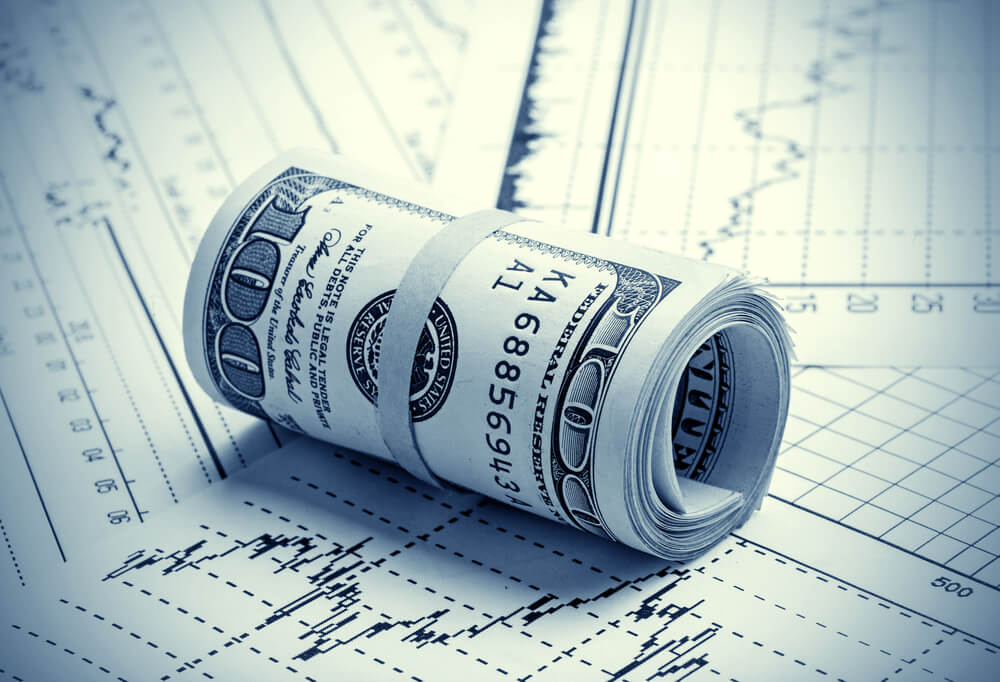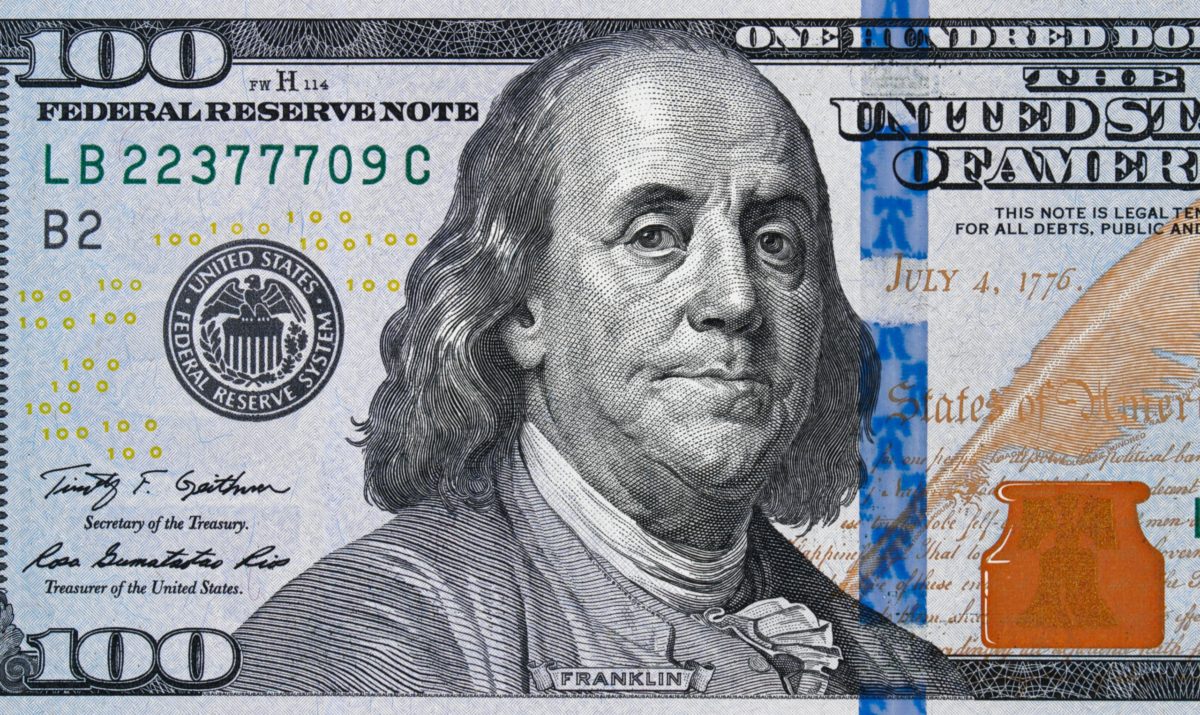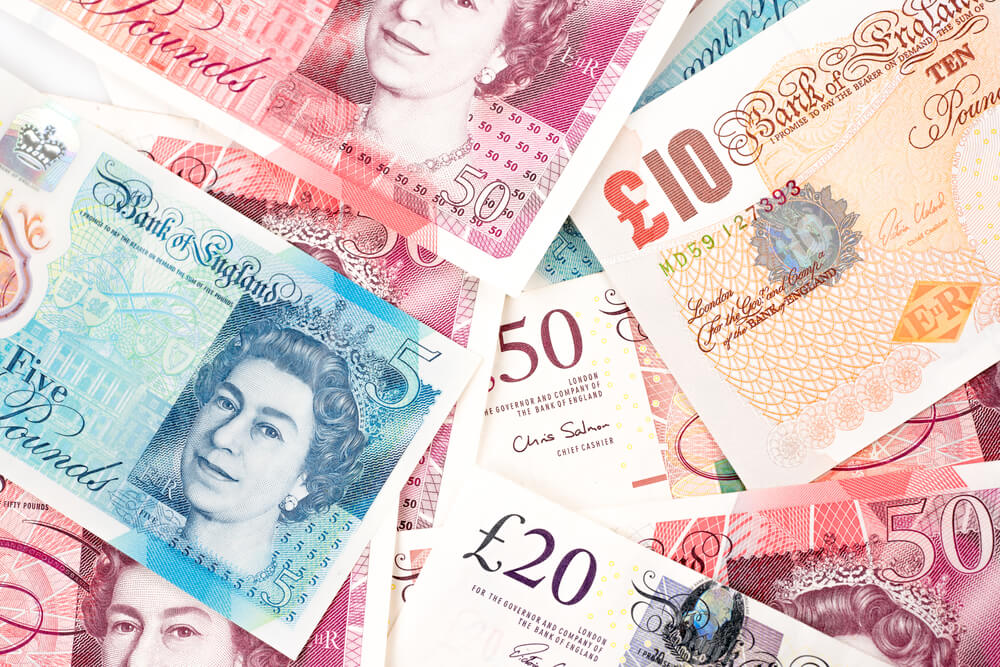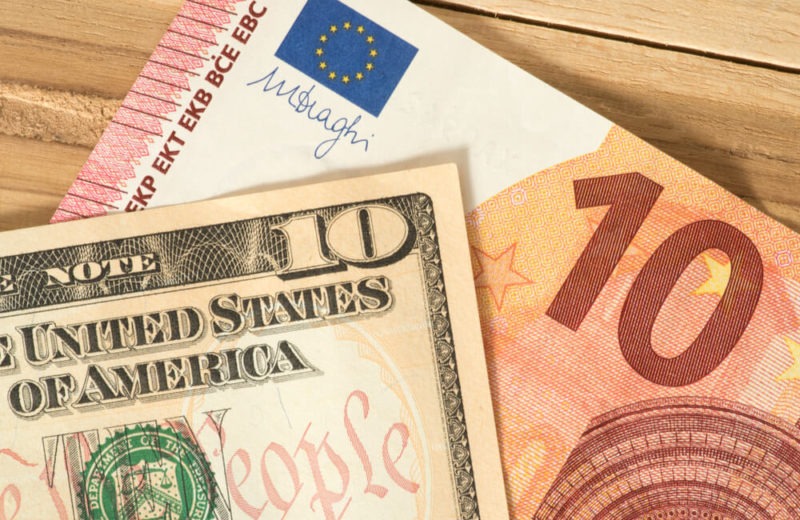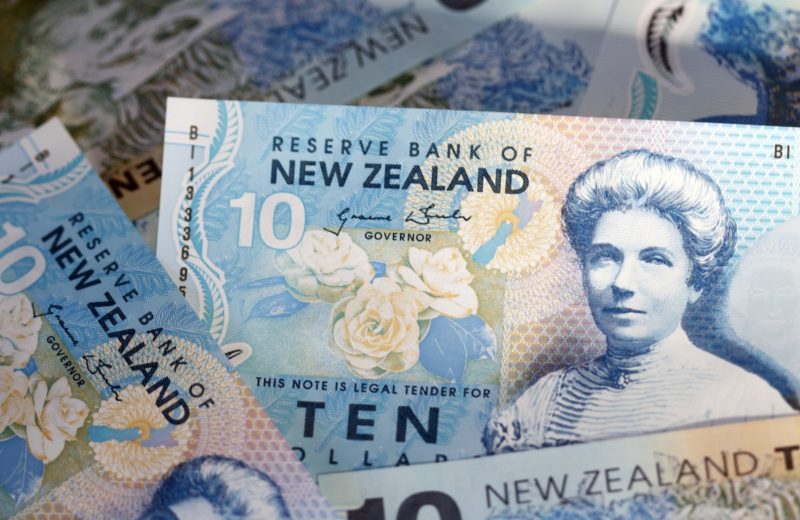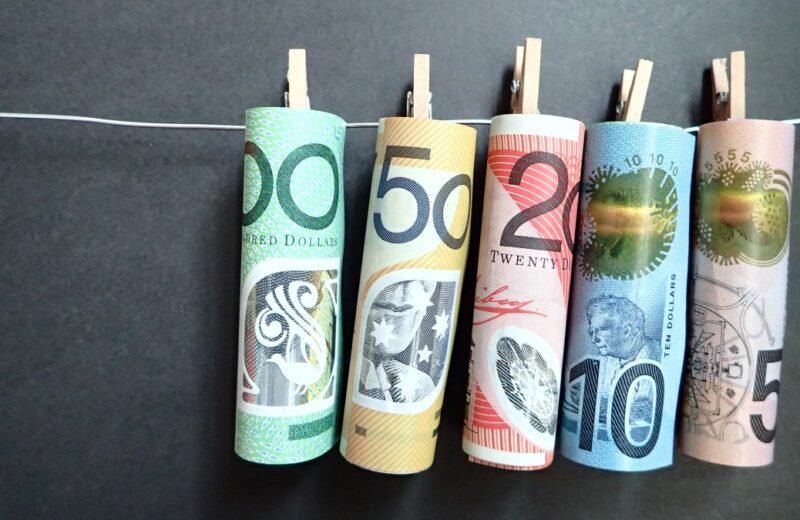On Wednesday, investors will be monitoring Fed’s minutes from the former policy meeting. This is because they want to see some clues on the central bank’s thoughts on inflation.
Last Monday, the U.S. Dollar index (USDX) subsided 0.14% at 90.16. It bore steady near lows as new curbs in Asia to contain the coronavirus and diversified economic signals from China which braced safe-haven currencies.
The USDX quantifies the value of the U.S. dollar in correlation with the worth of a basket of currencies of the major U.S.’ most notable trading partners.
It plumbed a six-year trench versus the Canadian dollar in which the latter hiked to 1.20 against the USD which is a six-year high.
The reserve currency also staggered near multi-month lows against European currencies where the British pound climbed to 1.42.
On Monday, the United States reported that the government bond sales are almost flat this week.
It is due to investors pausing from last week’s tension on inflation fears. This caused some investors to break up with U.S. debt.
The yield on the 10-year Treasury note boosted to 1.64%, while the 30-year Treasury bond yield plummeted to 2.534%.
In addition, the yield on the 5-year treasury bond yielded at 0.829% while the 2-year Treasury bond yields 0.157%.
Also, 1-year Treasury and 3-month Treasury notes yield 0.053% and 0.0155, respectively.
Last week, data showed that the Consumer Price Index (CPI) tweaked 4.2% compared to April last year. This is the most rapid rate since 2008 and sent Treasury yields to retreat.
U.S. Treasury Yields Almost Steady This Week
There are fears that the Federal Reserve will be required to start narrowing its easy monetary policy if the U.S. economy gets worked on too quickly.
An analyst said that Treasury yields are rising in proportion to the CPI report as the 10-year yield strikes 1.68% which is a near-10-week-high.
In addition, as inflation accelerates in the upcoming months, the prospect for global central banks gradually shifts towards fewer accommodations. Therefore, the shift in Treasury yields is elevated.
Furthermore, the central bank stated that it is expecting a jump in inflation this year. It also awaits the reduction of coronavirus cases together with the reopening of the U.S economy, reviving demand for travel, dining, and variation of goods and services.
However, Fed officials stated that they are predicting the 2021 boost to be permanent.
The central bank desires to see the prices smash higher than 2% to cover the periods of lower inflation before creating changes to monetary policy.


